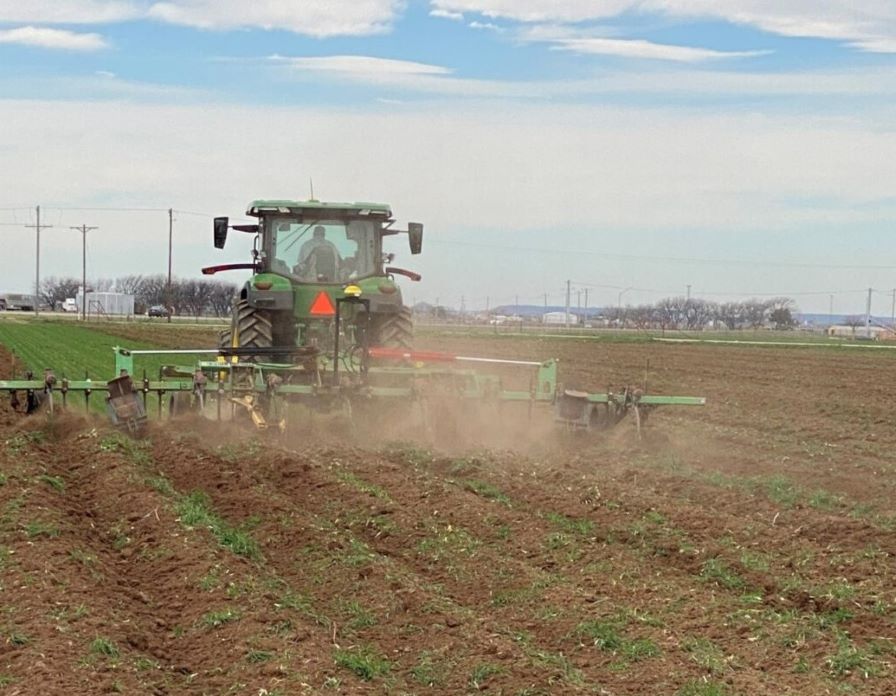Sleepy Market Hiding Potential Volatility
The Dog Days of August are upon us, except it is cotton ginning weather. Nevertheless, cotton trading remains locked in a rather wide ten cent trading channel, but is actively trading only a four cent band around 63 cents – 61 to 65 cents, that is. Further refining, the most popular trading territory seems to be the 150 point range between 63.00 and 64.50.
In other words, maybe we are being lulled to sleep.
Yet, it is not August, the crop size remains much undefined, and demand issues loom in the background – bullish demand issues, not bearish ones. However, volatility issues are still very much behind one of the trading doors and can pop out at any time. Thus, don’t get caught sleeping. A close above 65 cents could be the beginning of a two to three cent short covering rally.
The fundamentals, changing daily, are really still waiting on more information from China, or more specifically, a clearer understanding of just what actions China will take. The Chinese market remains the world’s price discovery market. Any price rally in China is followed by a similar rally in New York, and declines in China are almost always followed by a drop in New York. The most likely avenue of price activity in the coming month will be more of the same.
Weather has been a primary factor in the news, as the recent rainy period was costly to growers not only in terms of yield, but more importantly in terms of quality. The pre-rain Strict Middling’s (SM) turned to Strict Low Middling’s (SLM). The increased volume of SLMs has basis to widen, along with removing those lots from the most desired cottons. SM and M lots continue to demand a solid premium, principally those measuring 1-1/8 inch or better, but they are becoming few and far between.
Open sunny weather forecast for the next 7 to 10 days over most of the Cotton Belt – except for the eastern edge of the High Plains and the western edge of the Southeast – will allow harvesting to get to full swing. However, it is doubtful that the open skies will bring back but very few of the SMs.
With China awash in cotton and portending a policy that has most of the world cotton industry guessing as to its intentions (and on edge as well), world consumption is suggesting it may be an important variable in the 2014-15 price equation just yet. Recall the USDA forecast of a five million bale increase in world consumption. Most of this increase will have to come from the Chinese reserve stocks, Central Asia and the U.S.
Central Asia is behind the eight ball, in that more and more firms are refusing to use that cotton due to abusive child labor policies. Too, it does appear that China is slowing its imports of yarn, implying the use of more domestic strategic stocks.
However, Chinese mills continue to be slow in taking up domestic cotton, and the Chinese new crop continues to come into the textile pipeline at a historical slow pace due to two problems. First, weather has slowed the harvest dramatically. And, of more recent concern, has been the refusal of most of the Chinese private growers (non-military/central/state farms) to sell new crop, opting instead to store the crop loose in sheds, homes and anywhere they can. This has created a bit of havoc for the mills as, when they can get such cotton, it has gained moisture, yellowed and become further contaminated.
All of these events heighten the need for high quality imports that the central government is attempting to prevent from coming into the country.
Cotton exports sales for the week were the lowest in my memory for this time of the year. While sales were expected to be slow, net sales were only 7,000 RB of Upland, or almost none. Pima sales were only 600 RB.
This speaks volumes of the near total confusion throughout the cotton world as to the intentions of the Chinese government. If they persist with their announced statement that they do not care how low prices fall, then that picture may well be framed and the mid-50s or lower are possible. However, I continue to feel that in an effort to maintain quality textile production, if nothing else, the Chinese government will eventually allow the world’s free market cotton economy to function without all of the limitations they have imposed.
The trading channel has not been violated. Until and unless it does, the 61 to 62 cent support level gets stronger and stronger. If it is not violated within the next 45 days, then we should be home free.









